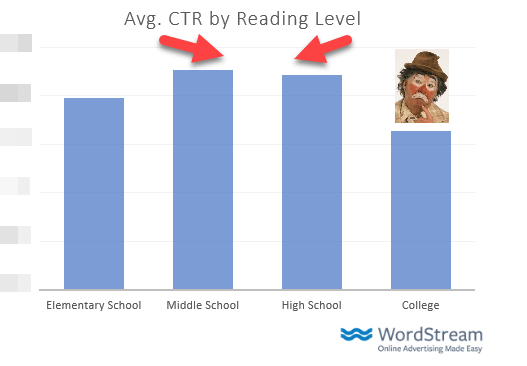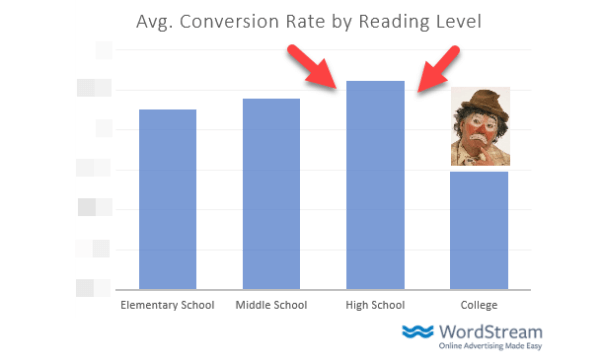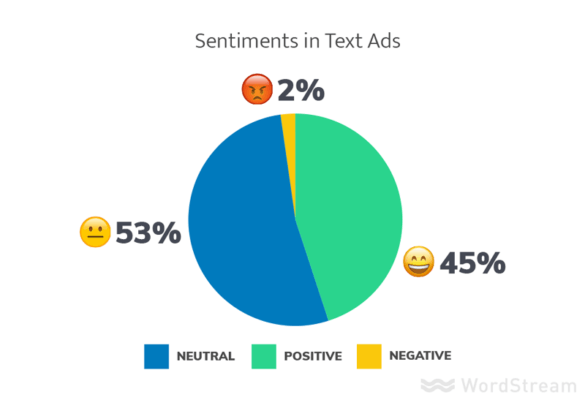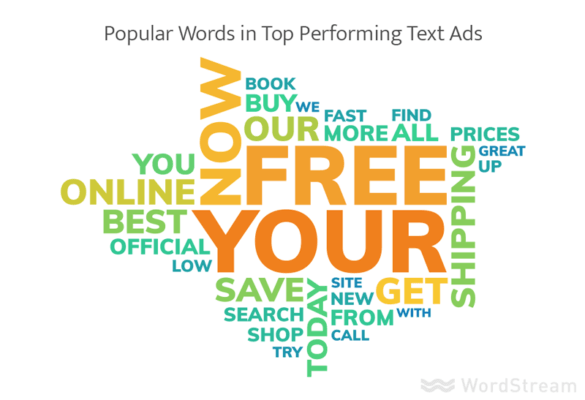
What exactly do novels for angsty tweens and teens have to do with AdWords?
For one thing, young adult novels understand the behavioral patterns, struggles and idiosyncrasies of their audience. So do good search engine marketers (SEMs).
That isn’t the only thing young adult (YA) fiction and pay-per-click ads have in common, though. When it comes to readability, it just so happens that top-performing text ads tend to be written as though they were meant for a classroom full of ninth graders! If AdWords and “The Hunger Games” have more in common than you thought, you’re not alone.
Today, I’m going to show you how three tactics used by YA novelists — optimizing for readability, leveraging emotional appeals and pandering to your audience’s sense of entitlement — can help you write killer ad copy.
Tweenage readability is the secret to improving CTR & conversion rate
Earlier this summer, the marketing team at WordStream (where I work as a pay-per-click focused content specialist) analyzed more than 600 top-performing AdWords ads to see what made them tick.
While we uncovered some neat stuff about calls to action and lexical diversity, the thing that really stood out to me was that the best text ads tend to be written at a level of complexity that falls somewhere between colloquial speech and “Catcher in the Rye.”
I wanted to see if this held true across all ads, so I pulled over 3,000 text ads that had, at some point between 2008 and 2017, been active in WordStream’s in-house AdWords account. After tidying the data up a bit to account for structural differences between older, “standard” text ads (R.I.P.) and expanded text ads, I ran them through a Python readability calculator to determine the Flesch-Kincaid grade level scores for each one.
The Flesch–Kincaid Grade Level score is a readability test primarily used by educators to determine text complexity and grade appropriateness. It’s a variant of the Flesch Reading Ease test, which provides an indexable raw score based primarily on use of polysyllabic words and sentence length. If you want to test the grade-level of your text ads, without needing to ask your developer friend for a hand, you can paste your copy directly into this free readability test tool.
Here’s what I found: When it came to click-through rate (CTR), ads with middle and high school readability outperformed their elementary and college-level counterparts:

As you can see, the difference in CTR is greatest when we compare the sweet spot (ninth grade!) to college-level readability. If your copy’s too simplistic, then sure, people are slightly less likely to click; but ads overwrought with polysyllabic leviathans may as well be positioned on page two.
When I looked at conversion rates, I noticed an even greater disparity:

Here, a slightly higher level of readability correlated with better overall conversion rates (emphasis on “slightly”). Breach the ivory tower with your copy, however, and conversion rates plummet to just over 43 percent.
I wouldn’t call this a hard and fast rule by any means (target audience and industry can play a factor in readability), but sticking to short, punchy phrases — particularly in your headlines — will ensure your prospects get a clear idea of how your offering addresses their needs.
Leverage the power of emotionally charged ad copy
Search engine results pages (SERPs) tend to be stuffed with neutral ads; there’s a major focus on features instead of benefits, and tonally, the copy reads as though it were written by a particularly uninspired chatbot. This isn’t necessarily a bad thing. In fact, using a VADER sentiment analysis, we determined that 53 percent of top-performing text ads are neither positive nor negative.

This doesn’t sound like a YA novel. Most teenagers aren’t neutral. In fact, they’re brimming with emotion — and so are your prospects.
Unfortunately, you probably can’t quell what keeps your future customers up at night with tales of bespectacled wizards. Without some serious brand equity or a completely irresistible value proposition, getting noticed on the SERP can be extremely difficult. That’s where sentiment can make a big impact.
What you need is some emotionally charged ad copy.

In testing positive and negative ad copy in the same campaign over a three-week period in our own account, we noticed that our negative ad variant (depicted above) destroyed the positive; its CTR was 67.29 percent higher, and it converted 18.8 percent better. Why?
Because it elicited a visceral, emotional response from searchers.
If you can use an emotional trigger like anger or fear to incite a click, then work to resolve that response with great landing page copy and an even better offer, you’ll never go back to cataloging features across 170 characters again.
Pander to your prospects’ sense of entitlement with second-person pronouns
“Your” is a heck of a word. It allows us to contextualize ad copy for an audience of one.
Fiction writers, particularly those who write for younger audiences, need to make implicit use of “your” to create buy-in. The characters and events in YA fiction must be more than likable: they also need to suggest relatability. If a reader can put themselves into the shoes of a character, they’re going to finish the book (or maybe even the whole series), right?
As advertisers, the word “your” is our best friend. In fact, when it comes to AdWords copy, “your” is even more powerful than “free.”

An analysis of 355 non-branded text ads with excellent CTR revealed that the top 10 most popular terms include:
- Your
- Free
- Now
- Get
- Online
- Our
- Save
- Best
- Shipping
- You
There are a few you certainly could have guessed (“free,” “now,” “save”), but I find it interesting that the list is bookended by pronouns that refer to the searcher.
Why is this the case?
Because using “you” or “your,” particularly in your headlines, makes the searcher — not your business or product or service — the most important character in your copy.
Final thoughts
Compelling ad copy is a crucial ingredient of high-performing paid search campaigns. Applying the lessons of young adult fiction to your ads can make a world of difference to searchers of all ages!
Contributing authors are invited to create content for Search Engine Land and are chosen for their expertise and contribution to the search community. Our contributors work under the oversight of the editorial staff and contributions are checked for quality and relevance to our readers. The opinions they express are their own.



